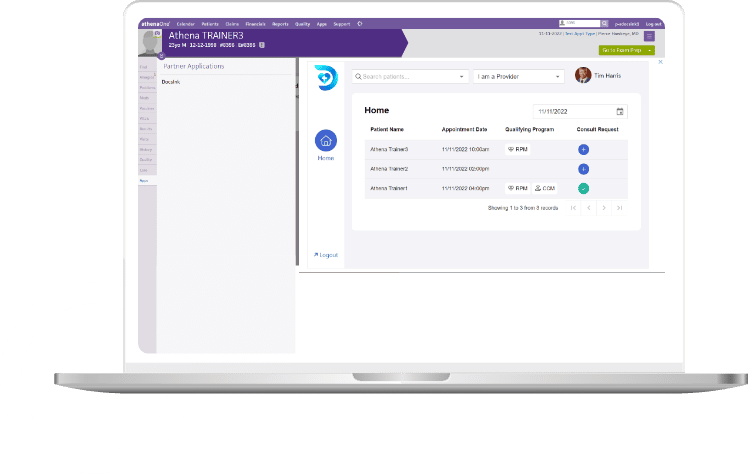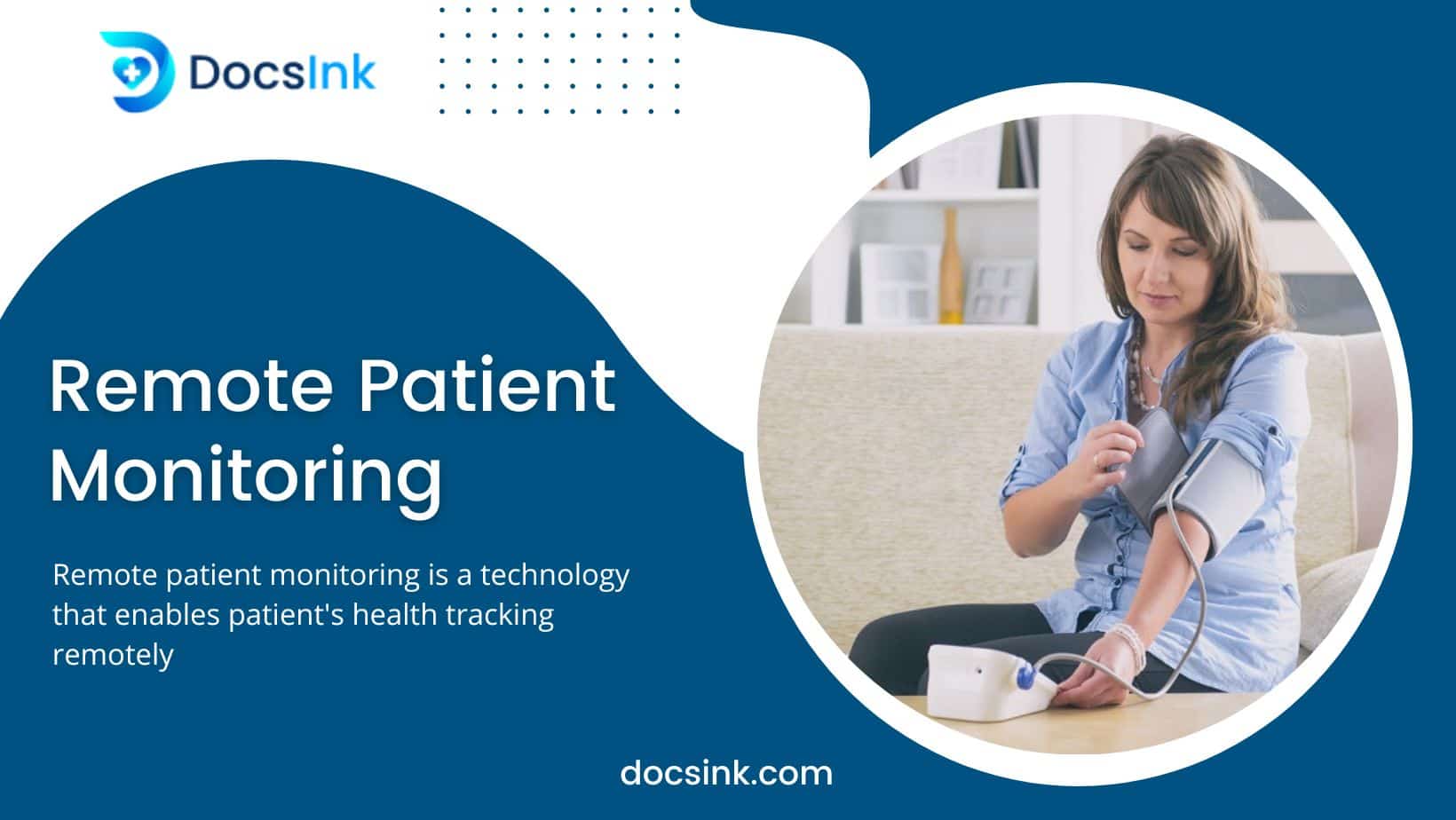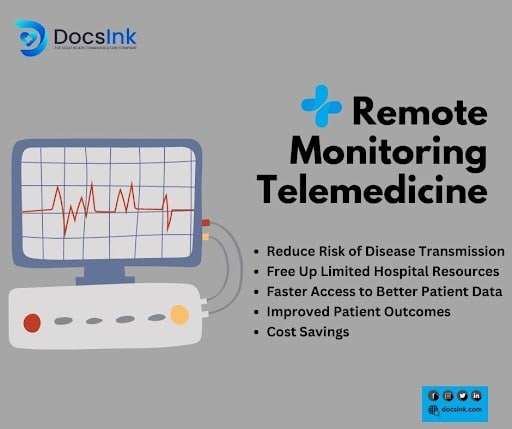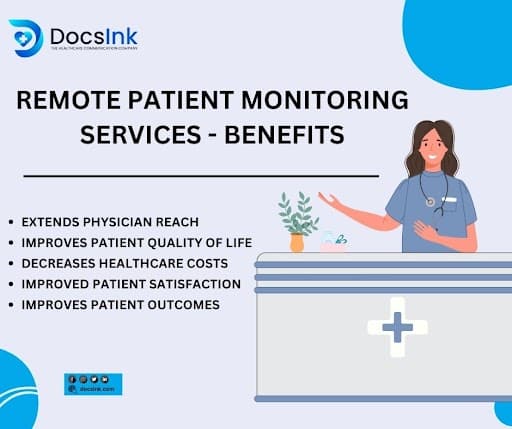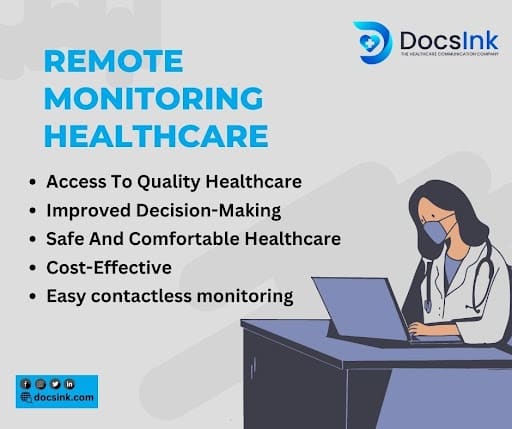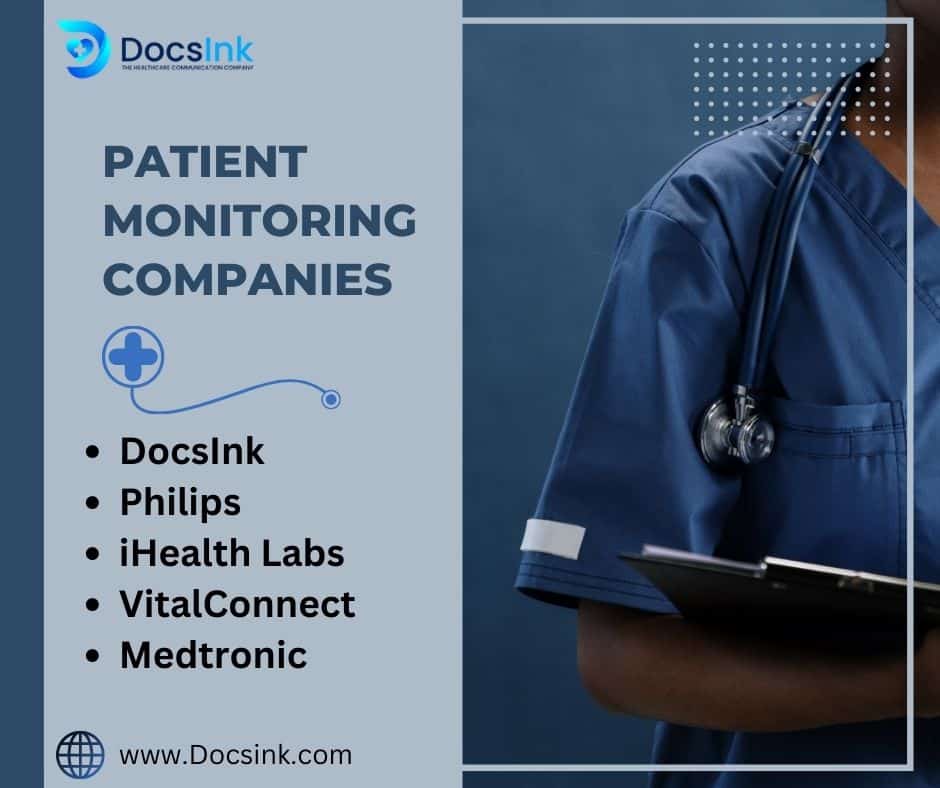Introduction
Remote patient monitoring system – A technology that allows patient monitoring outside typical clinical settings, such as at home or in a remote location. It could improve access to care and lower the cost of providing healthcare.
New Remote Monitoring technologies, including heartbeat monitors, are regularly added to devices like smartwatches.RPM can help patients preserve their independence, avoid complications, and pay for their care as little as possible, which can considerably improve their quality of life. RPM makes these objectives possible by providing care via telephony.
What is remote patient monitoring?
Remote patient monitoring, also known as telehealth and in-home monitoring, is a group of technologies and procedures that allow medical professionals to monitor a patient’s health data remotely and use it to make a treatment plan.
RPM concentrates on chronically ill patients, those who have recently undergone surgery, elderly patients, and those who live in rural areas with little access to medical resources. Recent studies demonstrate that, when used on specific categories, remote monitoring can
- decrease visits to the ER by 25%
- cut back on readmissions by 38%
- raise patient satisfaction by 25%
- save healthcare expenditures by 17%,
- and raise medication compliance by 13%
It should be no surprise that 88 percent of healthcare organizations have already invested in RPM technology, given the potential advantages. These technologies must construct a unified system that encompasses the complete RPM cycle to achieve their objectives.
Important RPM system elements
A remote Patient Monitoring System typically has four essential elements:
- A Bluetooth-enabled personal medical gadget,
- A mobile app for patients,
- A cloud-based repository,
- Software used in hospitals.
Application Remote Patient Monitoring System
Sensors on peripheral devices gather physiological parameters, including heart rate and subjective patient data. Pulse oximeters, glucometers, and blood pressure cuffs are a few examples of peripheral equipment. Here are a few application examples of remote patient monitoring systems:
- Cancer
RPM use among cancer patients has been demonstrated to enhance overall results, with studies demonstrating reductions in re-hospitalization levels and greater efficiency in using healthcare resources. These remote monitoring techniques assist in reducing pain intensity and depression. The RPM has increased cancer patients’ life expectancy by up to 20%.
- COVID-19
The application of (the RPM) remote patient monitoring system reduced face-to-face encounters between doctors and patients. Patients with long-lasting COVID symptoms, mild to medium oxygen desaturation rates that don’t require hospitalization, and patients with symptomatic COVID-19 can all get continuity of care from RPM after discharge. According to studies, using RPM even during an outbreak has contributed to a decrease in hospital admissions.
- Diabetes
Heart rate, weight, and sugar levels must all be under control when managing diabetes. Blood sugar and blood pressure data are delivered in real-time, allowing patients and healthcare professionals to get prompt notifications and take appropriate action. There is proof that daily RPM diabetic control is just as beneficial as the typical clinic visit every three months.
- Congestive heart failure
According to a thorough evaluation of the research regarding home monitoring of heart failure patients, RPM enhances the quality of life, strengthens patient-provider connections, reduces the length of hospital stays, lowers mortality rates, and reduces the cost of health care.
- Dementia
RPM technology increases safety and averts harm for dementia patients who may be at risk. RPM monitors can be attached to the person or their aids for movement, including canes and walkers. The sensors use a mathematical algorithm to forecast the possibility of falls, identify movement changes, and notify caretakers if the patient has fallen.
They track an individual’s position, linear acceleration, and angular velocity. Furthermore, caretakers can find elderly wanderers thanks to Wi-Fi, GPS, or radio frequency tracking features.
Conclusion
In this article, we tried to give an overview of remote patient monitoring systems. DocsInk enables the provision of superior treatment while also maximizing payments in light of the pervasive focus on delivering value-based care. DocsInk is at the forefront of the direction the industry is taking, which is crucial in the current context as we need to change how we view healthcare. Contact Us !!
